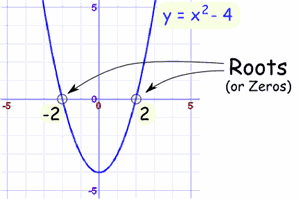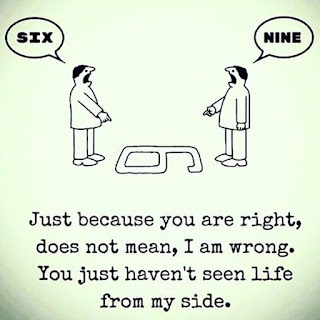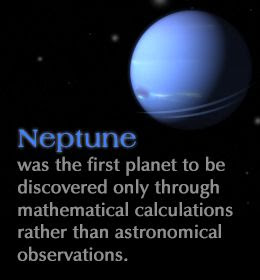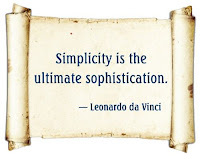POLYNOMIALS

Oxford dictionary definition: An expression of more than two algebraic terms , especially the sum of several terms that contain different powers of the same variable(s ). Cambridge dictionary definition: A number or variable ( = mathematical symbol ), or the result of adding or subtracting two or more numbers or variables. A polynomial is an algebraic expression in which the variables have non-negative integers exponent only and involves the operations of addition, subtraction, multiplication. Examples are x^2 + 3x + 4, 4x^2 - 6x^2y^2 + x^3 + 7y^3 etc. The zeroes of polynomial are precisely the x-coordinates of the points, where the graph of y = p(x) intersect the x-axis. The linear polynomial ax + b, a is not equal to zero, has exactly one zero. Quadratic polynomial can have either two distinct or two equal zeroes or no zero. This implies the polynomial of degree 2 has atmost 2 zeroes. Polynomial of degree 3 ( cubic polynomial ) can have atm...









